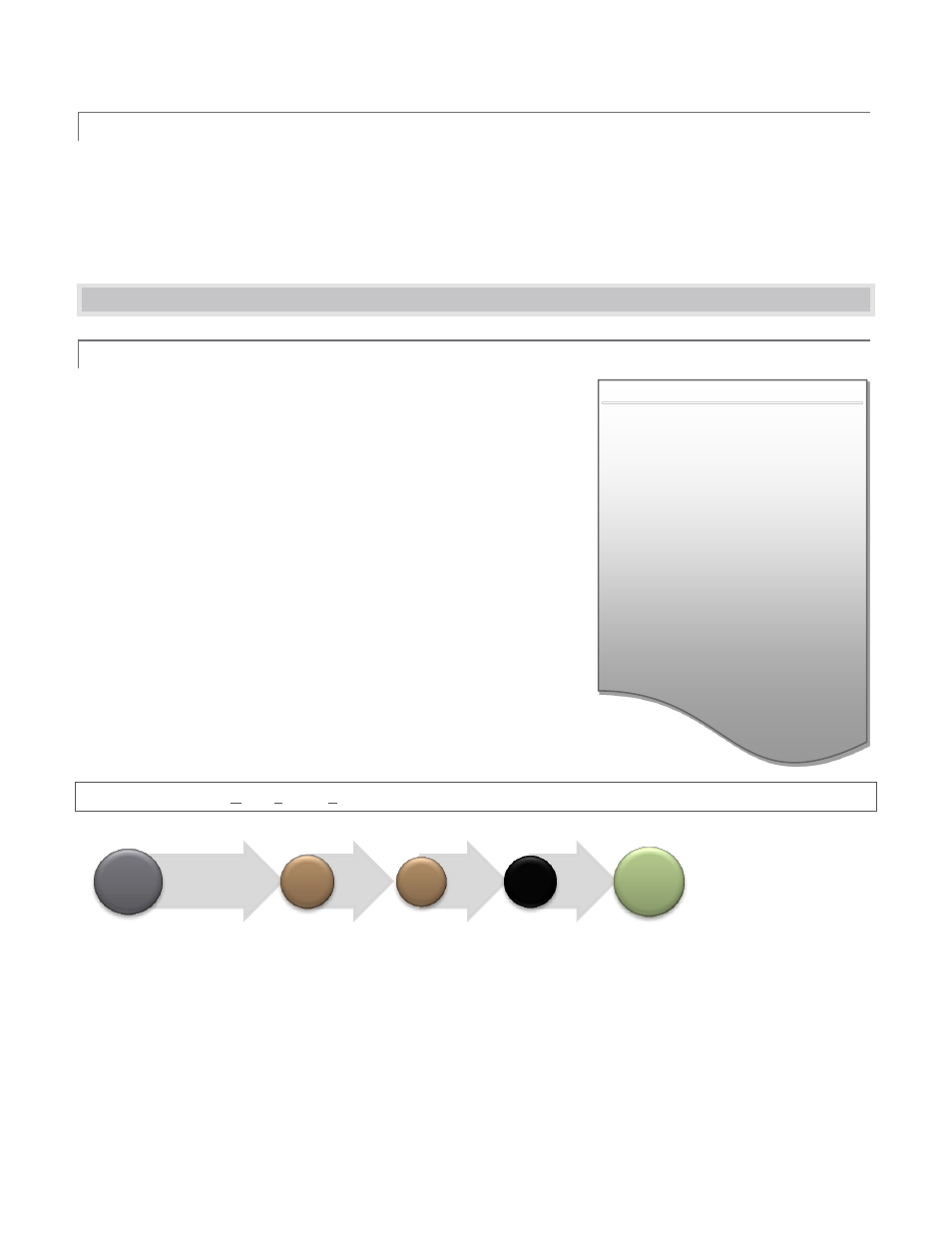2 the fx row, 4 transitions, 1 video layers – NewTek TriCaster 40 User Manual
Page 26: The fx row, Transitions, Video layers

24
The Background (BKGD) layer
supplies the ‘bottom-most’ video
layer, seen behind any other layers
shown on Program Output.
At any given moment, BKGD may
consist of a mix of video streams
from Program and Preview rows, or
even a more complex composition
formed from the numerous sources
of one or even more Virtual Inputs.
3.3.2 THE FX ROW
The FX row selection supplies an auxiliary internal video channel which can serve in a variety of ways. For
example, it can supply the background scene for a Virtual Input, or be assigned to an Overlay or DSK channel
(see Section 3.4).
3.4 TRANSITIONS
3.4.1 VIDEO LAYERS
The concept of video layers is central to understanding how TriCaster’s
Switcher and Transition controls work together to supply the video
seen on Program Out.
TriCaster’s Background layer (often shortened to simply ‘BKGD’) is
always the base for the video composition displayed on Program out.
In addition to BKGD, three additional ‘primary layers’ can contribute to
TriCaster’s final Program output:
Two overlay layers, DSK 1 and DSK 2, are composed above the
BKGD layer on Program output. DSK 2 appears ‘in front of’ DSK
1 – that is, closest to the viewer.
FTB (Fade to Black) constitutes a final overlay layer – one that
obscures all other layers when applied.
Hint: DSK is short for Down Stream Keyer. DSK layers are typically used for graphics, titles, etc.
With video layers clearly understood, it’s easy to comprehend the Transition and Local Layer controls. We’ll
consider the latter controls first.
• Program
• Preview
BKGD
DSK
1
DSK
2
FTB
Program
Out
